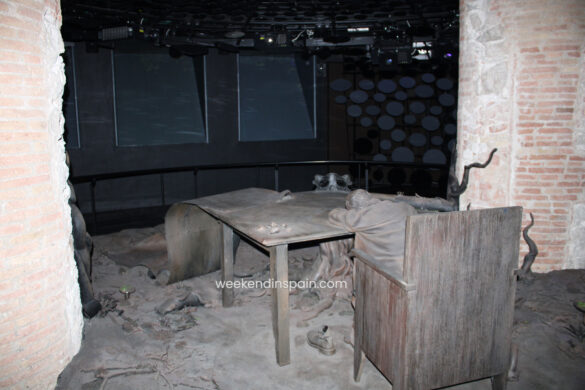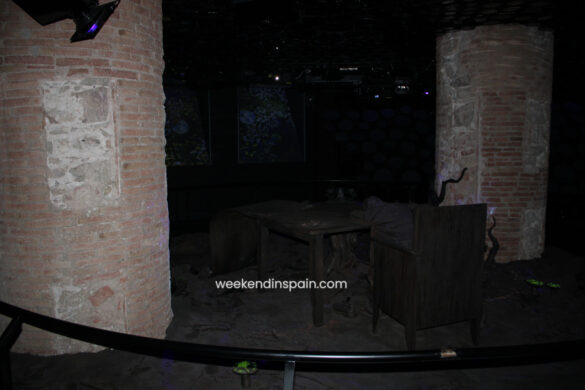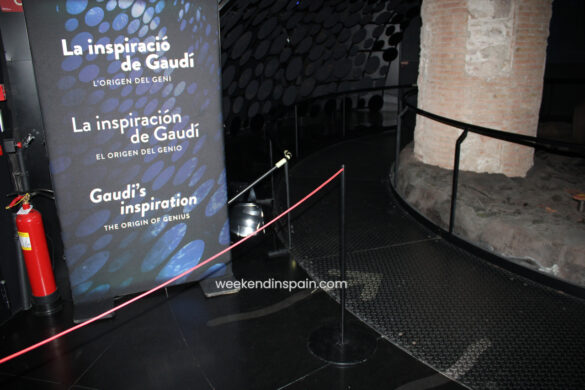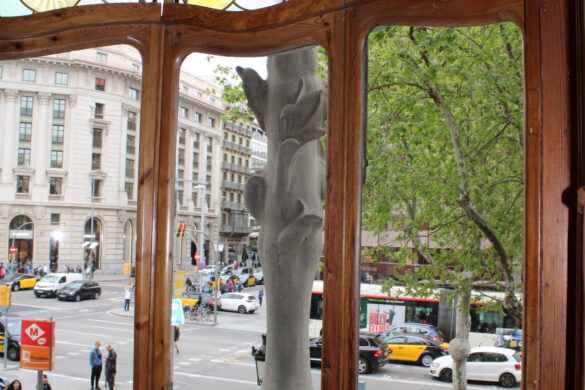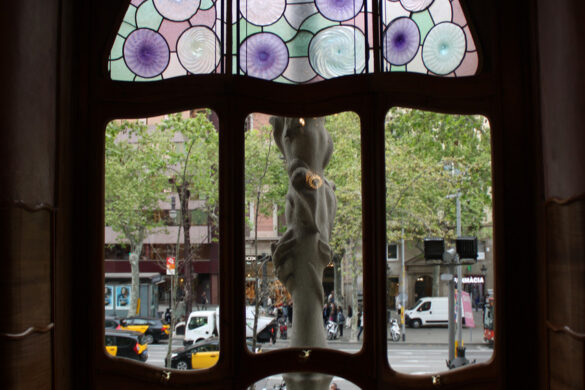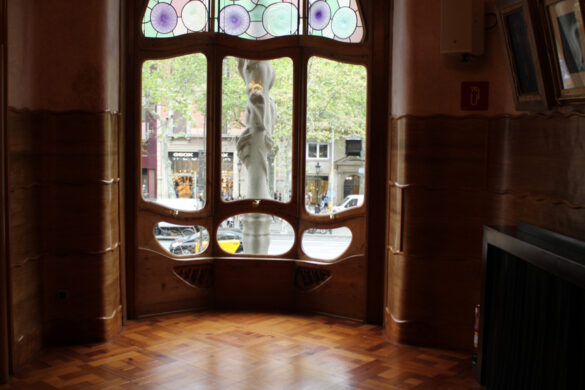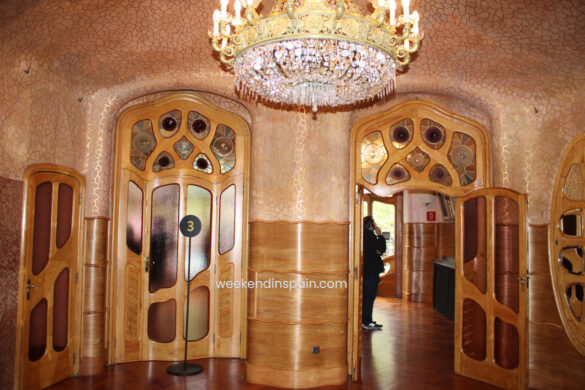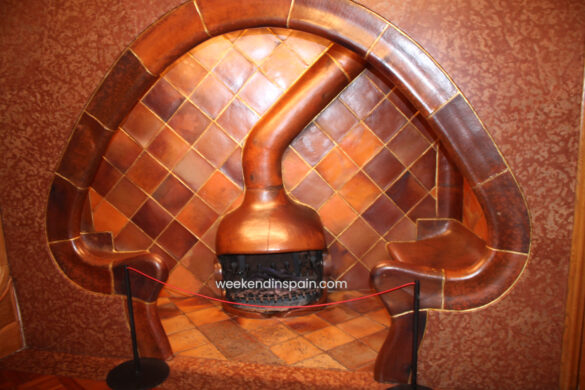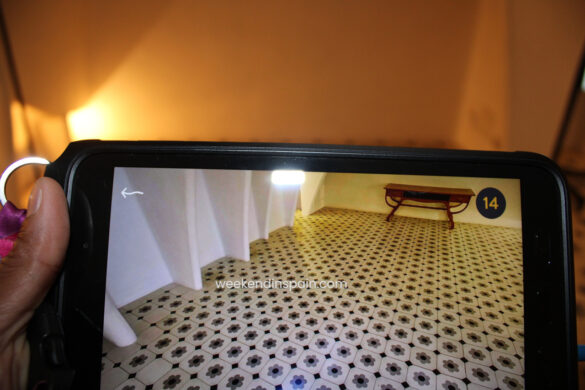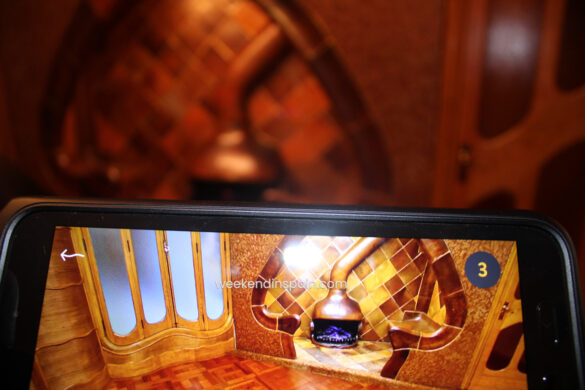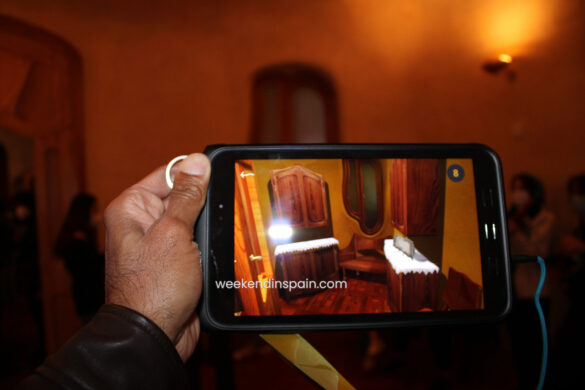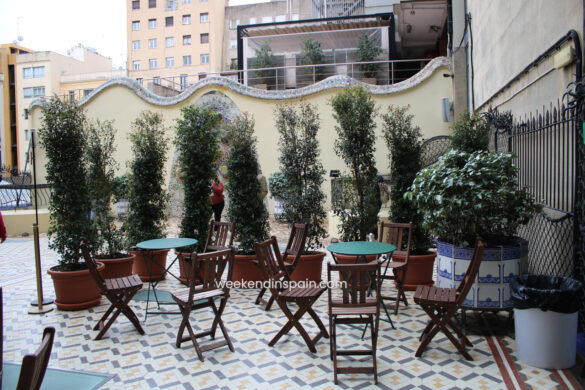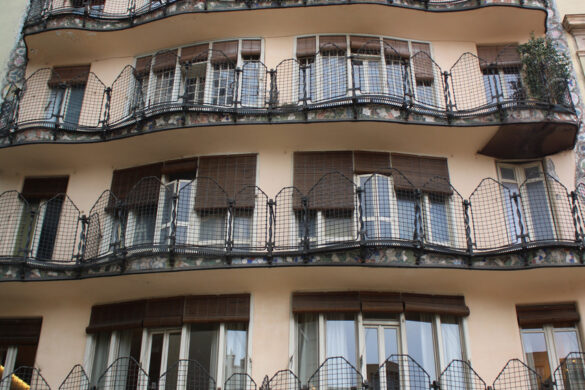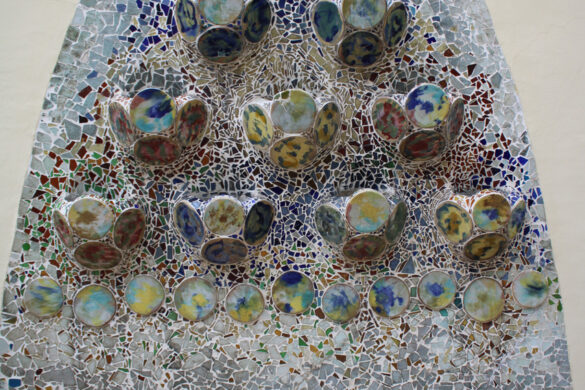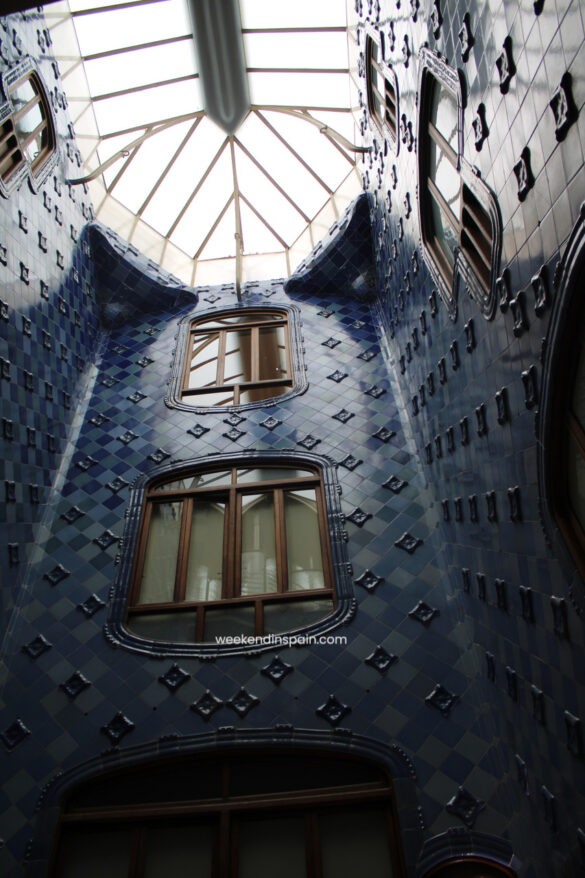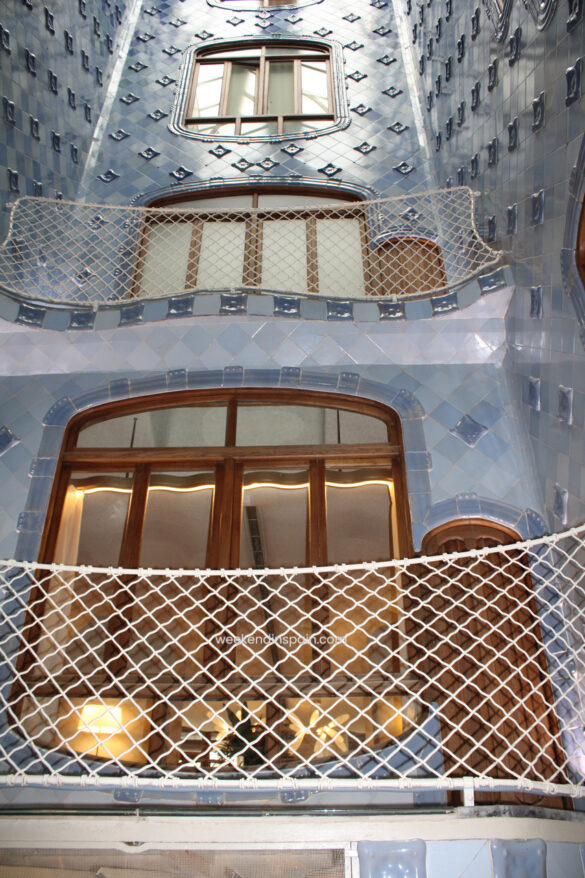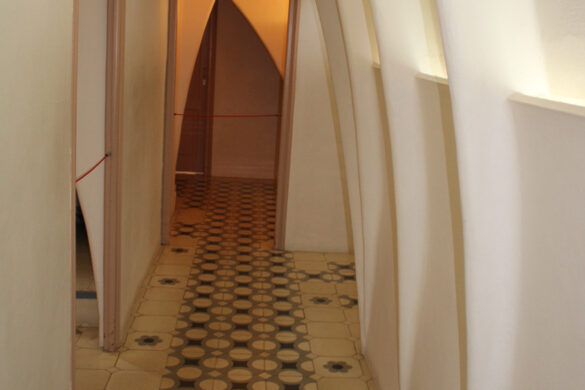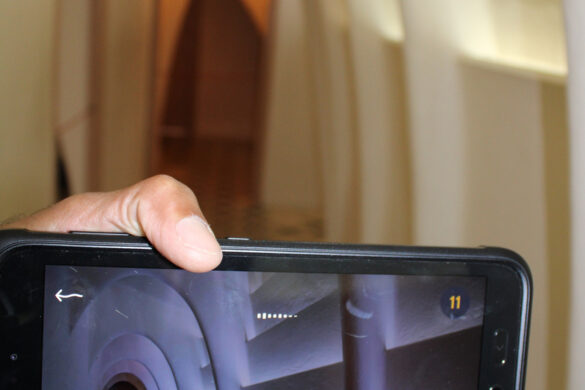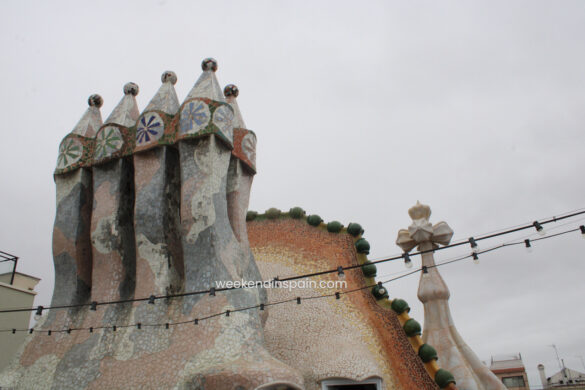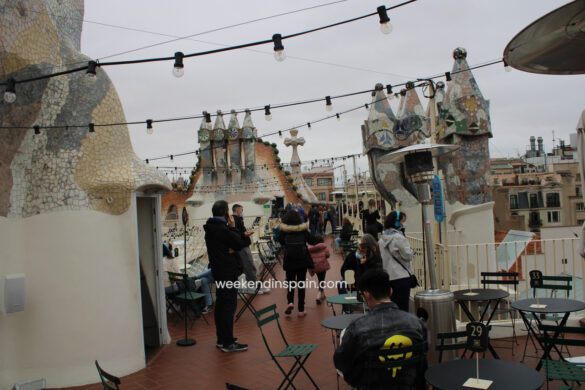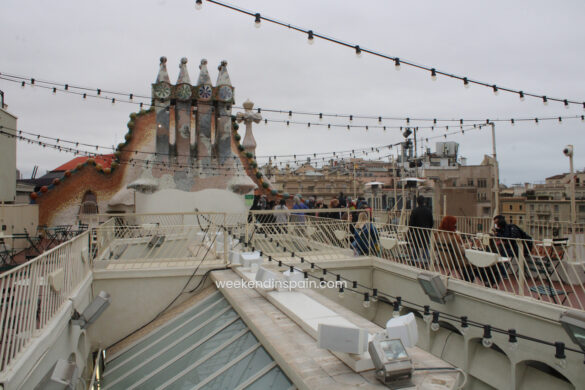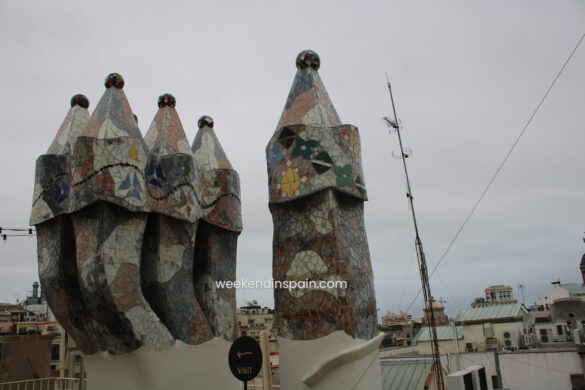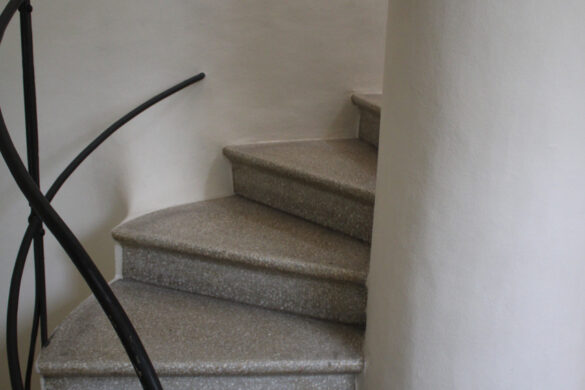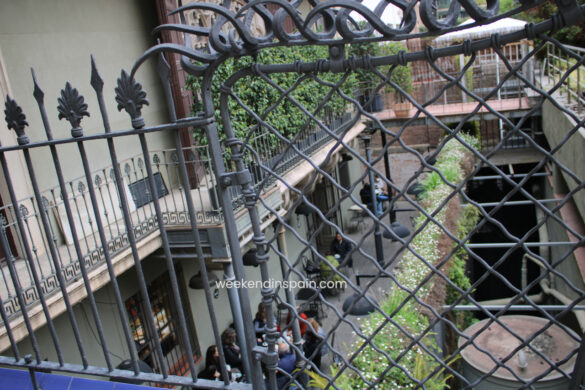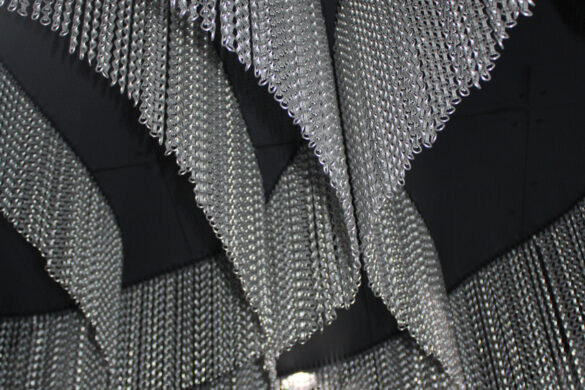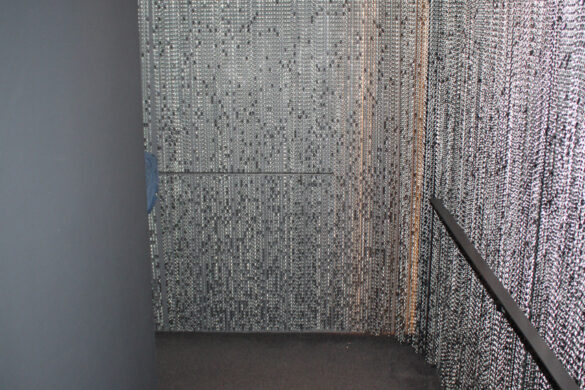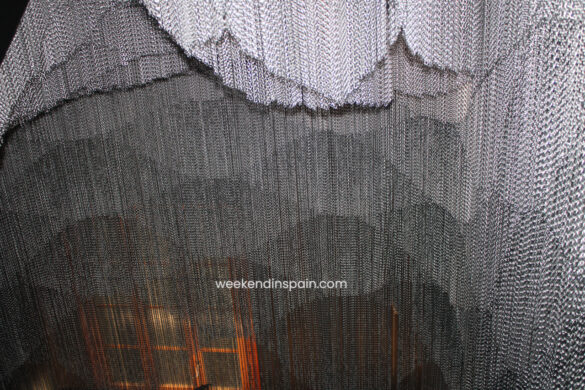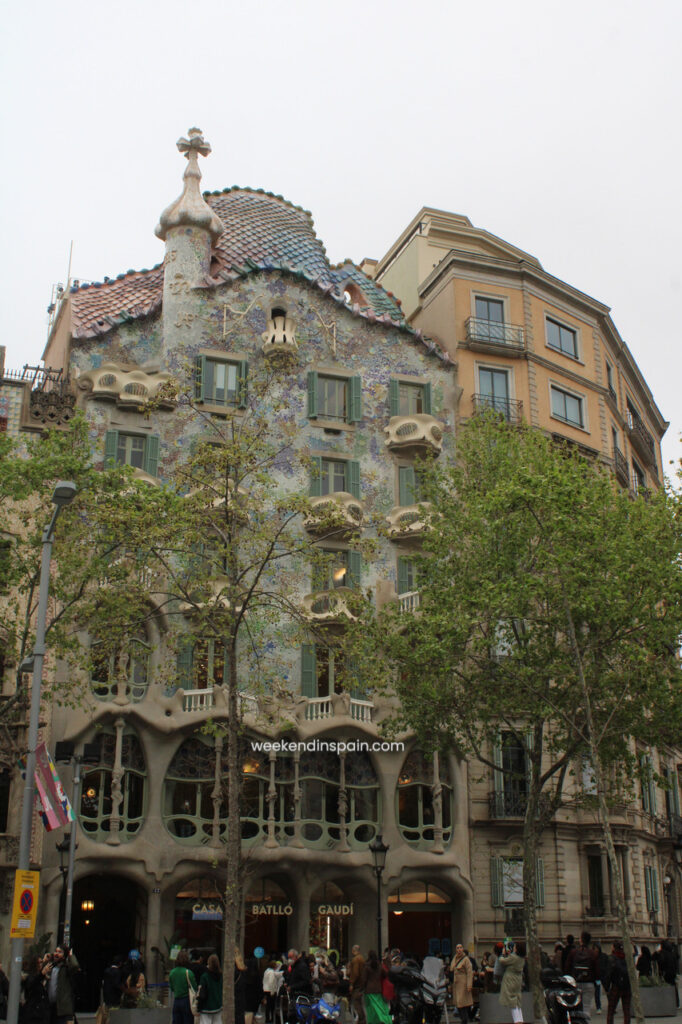
Whenever you visit Barcelona, make sure to visit this gem of a masterpiece by a renowned architect called, Antony Gaudí. Here are my tips for this extra-ordinarily beautiful building:
Table of Contents
CASA BATLLÓ | INFO, REVIEW & TIPS
Casa Battló is located in one of the busiest, yet most beautiful places in Barcelona, called Passeig de Gràcia. Casa Battló was first constructed in 1877 by one of Gaudí’s professors, Emilio Sala Cortés. In 1903, it was purchased by Josep Battló y Casanovas, a well-known businessman.
Upon purchasing the property, Josep Battló gave full control to Antoni Gaudí to demolish the entire building. However, Gaudí decided not to, and instead, reformed it entirely without demolishing it, between 1904 and 1906. Casa Battló has since been refurbished several times.
INTERESTING FACTS ABOUT CASA BATTLÓ
In 2005, Casa Battló was listed as a World Heritage Site by UNESCO. In 2021, Casa Battló was recognised as the best landmark at the Remarkable Venue Awards, organised by the ticketing platform Tiqets, being chosen over other famous landmarks, such as the Tower of London, the Duomo of Milan and the Empire State Building.
ARCHITECTURE OF CASA BATTLÓ
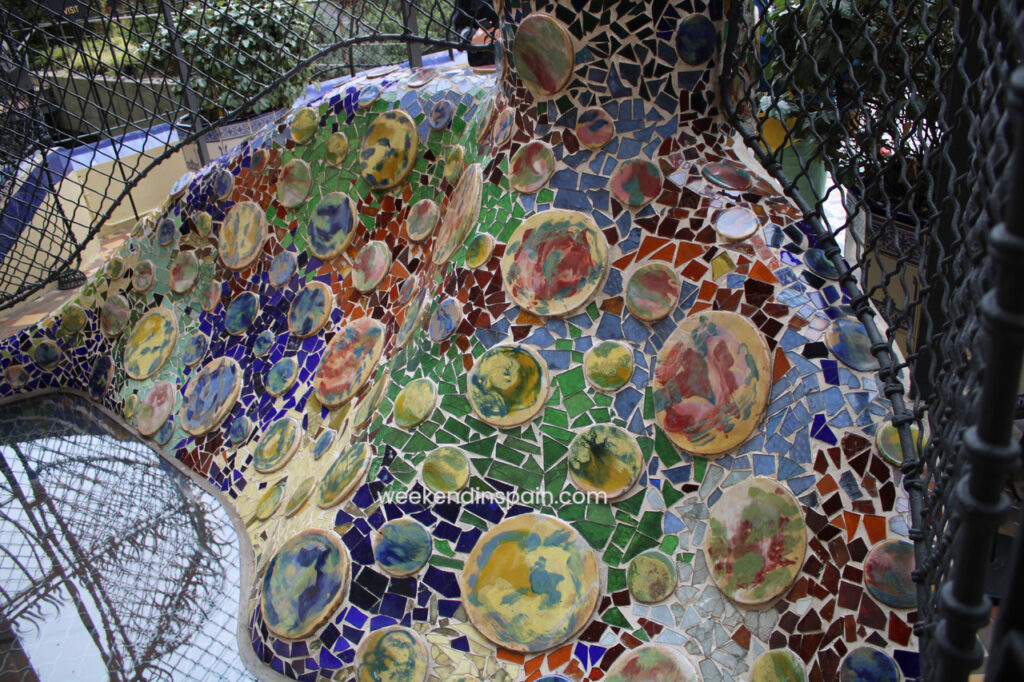
Just like the infamous La Pedrera, the architectural design of Casa Battló is based on nature and fantasy. Gaudí collaborated with the best artisans of the time to transform the house into a work of art, using wrought iron, stone ornaments, wood, stained glass, and ceramic tiles to decorate it in the Catalan modernism style. He also used debris from other construction sites, and new tiles were broken and used to give Casa Battló the effect of nature and harmony.
Speaking of nature, here you’ll mostly see marine-life inspiration at work, along with a skeleton-shaped façade and animal backbones.
Gaudí used Trencadis. Trencadis is a name given to a typical type of tiled mosaic that he created, the colour of which varies, giving it the effect of nature, which Gaudí was quite fond of.
THE FAÇADE

Made from recycled materials, though mostly glass, the façade of Casa Batlló is not only beautiful, but it generates lots of curiosity, for Gaudí used a perfect display of nature, combined with various colours based on marine life. In this case, it’s designing a bone-like structure that portrays fish scales. Other materials used on the façade are wrought-iron balconies and wooden windows, together with multicoloured stained-glass windows.
The architectural design of the balconies is like the bones of the devoured victims of the dragon, resembling the skull. Hence, the reason why many often call Casa Battló, the House of Bones, or the House of Skulls. You’ll notice that the balconies and windows on the lower floors are bigger than those on the upper floors. Also, what is interesting is that the glasses on the façade change colour as daylight changes its position. Made from sandstone and covered with colourful trencadis, the façade of Casa Battló is similar to that of La Pedrera – wavy like sea waves.
THE GAUDÍ DOME
The first spot that I visited inside was a dark, yet colourful space, with projections and sounds of nature, or what I believe is called, The Gaudí Dome. As you step inside, you find yourself on a revolving platform, with 1000 screens and 38 projectors. Inside, you’ll be taken on a journey through Gaud’s life and his love of nature. Unfortunately, I could not stay longer inside as my 2-year-old was a bit uncomfortable due to the dark surroundings and the sounds of nature. I had to leave as fast as I could. That being said, whatever I saw was, magnificent, and I highly recommend the dome tour. The dome is located in the old cellars of the building.
After the dome, we could have checked out the museum, which is worth a visit, but we didn’t because my son does not like dark spaces.
THE HALL
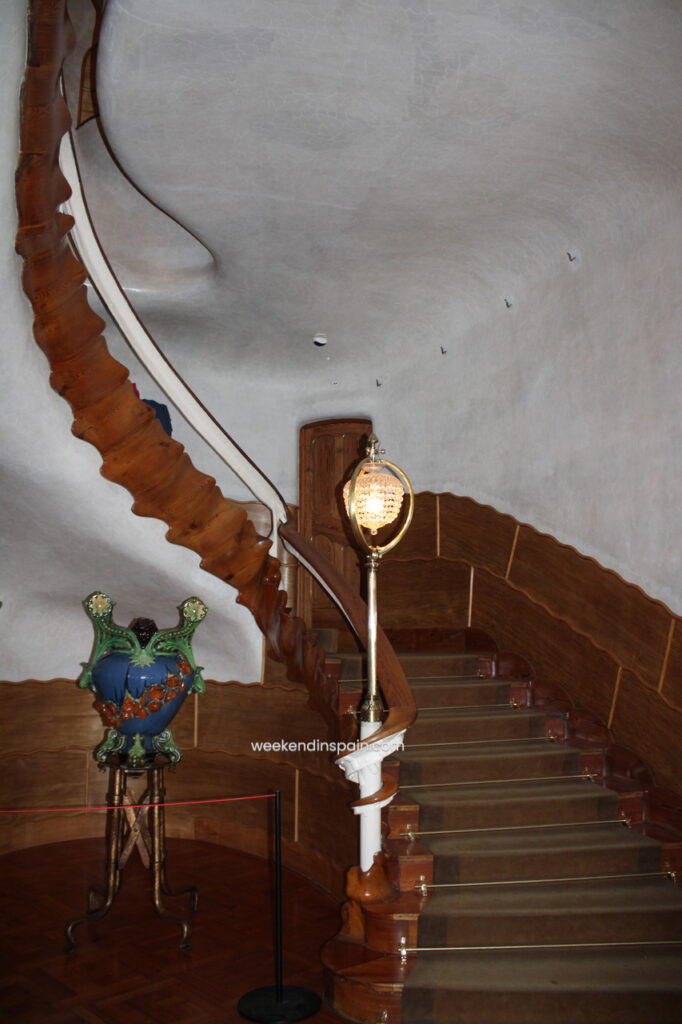
The hall on the ground floor displays sea and marine life, with beautifully designed vaulted walls, but what really captured my attention was the staircase and the banister, which resemble the backbone of a huge animal.
THE NOBLE FLOOR AND LARGE WINDOWS
The Noble floor covers an area of over 700 metres, and the first room that we see on this floor is the study. The floor also has a dining hall, and huge, oval-shaped, stained-glass windows, overlooking the busy Passeig de Gràcia. And it is due to the large windows that most people call it the House of Yawns. Otherwise, Casa Battló is also famously known as the House of Bones, the House of Masks, or the House of the Dragon.
The spiral-shaped ceiling with a chandelier in the middle looks like strong sea waves. There’s a beautiful chandelier and a cozy, mushroom-shaped fireplace for couples. The ceiling has been designed in a wavy shape, giving it the effect of sea waves.
VIRTUAL REALITY TABLET PLUS AUTOGUIDE
A virtual reality tablet takes visitors back to the time when Casa Battló was inhabited by its owners. The screen shows us all about the lifestyle and household items of the family from that era. In order to see what a specific part was like in the past, you simply have to position the table towards the area, which then, through the in-built micro motion sensors, produces an image of what that particular spot was like in the past. The Virtual Reality Tablet comes with The Golden Pass, which I recommend if you wish to see what was what and where it was at the time when the owners lived there.
INDOOR GARDEN, REAR PATIO, AND REAR FAÇADE
The private dining room of the Battló family, located on the Noble Floor, leads to a rear patio, where visitors with a Golden Pass have access to an exclusive outdoor lounge, from where you can sit, relax and see the rear façade of Casa Battló, which is also beautiful as it has those typical balcony grills, designed by Gaudí. The top part of the façade is decorated with a colourful, flower-shaped mosaic.
The other decorations include beautiful flower pots and trencadís on some walls. Trencadís, which literally means “chopped” in Catalan, is a beautiful, colourful mosaic-like effect, created by cementing pieces of broken chinaware. Sometimes other materials such as glass, buttons or shells are also used.
THE COURTYARDS
Natural light and ventilation were the key factors whenever Gaudí constructed anything. Like all other masterpieces, Gaudí designed and built Casa Battló in such a manner that light came into all the floors of the building, and for this reason, the patio walls are coated with ceramic and glass in different shades of blue, with the darkest shade at the top and the lightest at the bottom. Since the building was built with a marine-life design, the patios have underwater effects. In the centre of the patio, you’ll see a wooden lift, which is still in use today.
LOFT
The Mediterranean-influenced loft is unique and beautiful because of its white colour. It represents a series of sixty catenary arches that, once again, just like La Pedrera, represent the ribcage of an animal. The space served as an area for the tenants of the property to use for laundry and storage purposes. If you use a Virtual Reality Tablet, you’ll see what it was like in the past.
THE ROOF OF CASA BATTLÓ
The roof of Casa Battló is what attracts most visitors, for its design is like that of the skin of a dragon. The roof structure reminds one of the backbones of a gigantic dinosaur. The scales of the backbone of the dragon have been decorated with multicoloured ceramic tiles. The chimneys, crystal balls, and colourful ceramics pay homage to the sea.
We went up to the terrace via a spiral staircase. I don’t recall if there were lifts available for public use or not.
METAL CURTAINS – CASA BATTLO
Kengo Kuma and Associates have created these beautiful mesh curtains. The renowned Japanese architect Kuma used 164,000 metres of aluminium chains provided by Kriskadecor to create shimmering, layered metal curtains that change from a lighter shade to a darker shade as they descend to the coal bunkers in the basement.
Kuma decorated the atrium with these curtains that pay tribute to Gaudí’s fascination for light in all of his masterpieces.
CASA BATTLÓ TICKETS
Here’s a link to Casa Battló’s official website, where you can purchase your tickets:
https://www.casabatllo.es/en/online-tickets/
I’d highly recommend visiting Casa Battló during the week as the tickets are cheaper, and do go for the Virtual Reality Tablet if you can as it allows you to see what Gaudí’s masterpiece was like in the past.
IS CASA BATTLÓ WORTH VISITING?
My honest opinion about Casa Battló is that it is a must-see architectural gem that is beautiful from the inside and outside. In my case, I took the Golden Pass as it comes with a Virtual Reality Tablet and also gives you access to the Dome, but I believe even with the Silver Pass you can visit the Gaudí dome. An additional advantage with the Golden Pass is that on the rooftop you have access to an exclusive outdoor lounge, with a table and chairs, from where you can just sit and enjoy the views and the rear façade of Casa Battló. Obviously, with other passes, you have full access to the terrace as well. All in all, a fantastic place to check out if you love architecture, art, history, and fantasy.
USEFUL TIP
You can easily visit Casa Battló, La Pedrera, as well as, La Sagrada Familia in one day. And no, you wouldn’t get tired, nor would you be overwhelmed, for each Gaudí masterpiece is different from the other, although in terms of the shape of the facades, there might be a slight similarity. Apart from visiting these three monuments, you can also cover the areas around Plaza Catalunya and even Las Ramblas, which are both walking distance from Casa Battló. You may change the order of preference when planning your visit, but it’s best to start off with La Sagrada Familia, but again, it all depends on where you’re staying.
I hope my article on Casa Battló helps you in planning your visit. Stay tuned for my next article.
